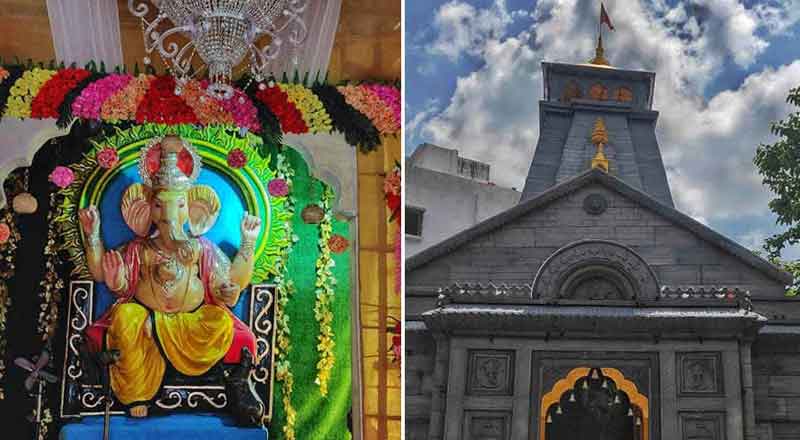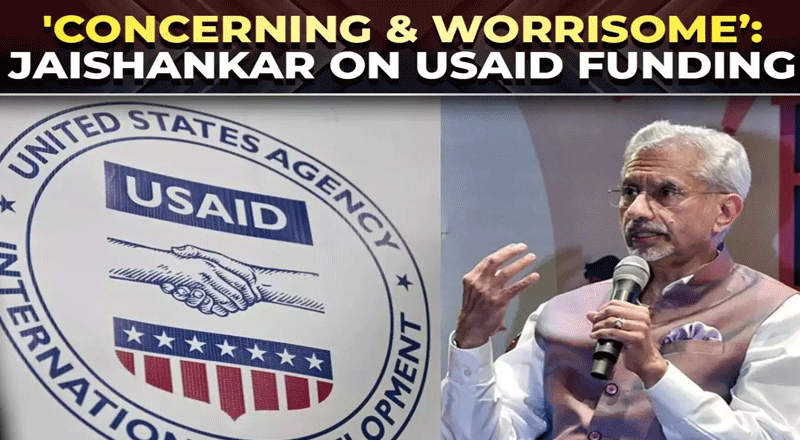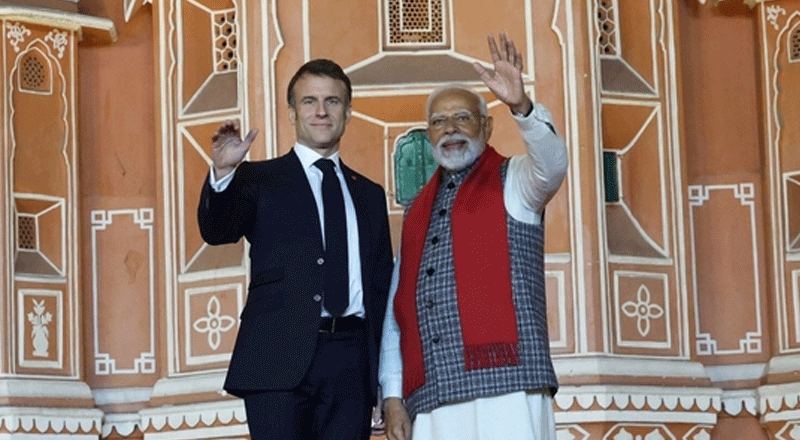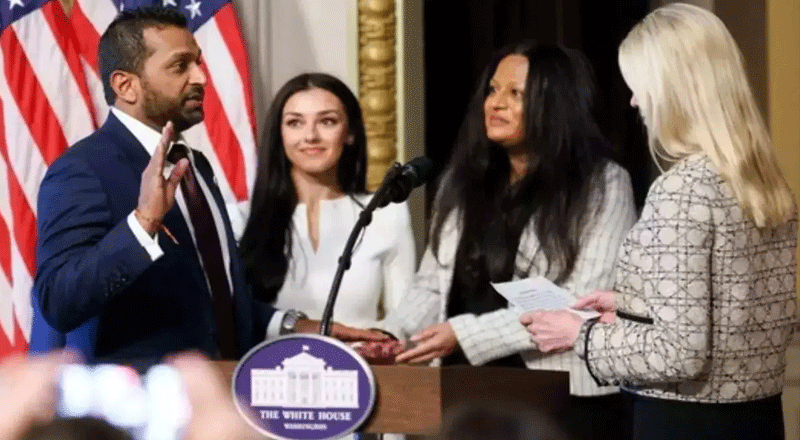- Santiniketan, the town in West Bengal’s Birbhum district where Nobel laureate Rabindranath Tagore spent much of his life, has been included in the UNESCO World Heritage List.
- The inscription was awarded at the extended 45th session of the World Heritage Committee (2023) in Riyadh, Saudi Arabia, on Sunday.
- India has been striving for a long to get a UNESCO tag for this cultural site located in the Birbhum district.
- The heritage tag has been given to the core area of Santiniketan, which is made of three zones: Ashrama or Hermitage, Uttarayan, and the area with Kala Bhavana and Sangeet Bhavana.
- Santiniketan was created by an act of Parliament, the 1951 Santiniketan Act. It was the first Centre for Excellence declared by the government of India.
Established in 1901 by poet and philosopher Tagore, Santiniketan was a residential school and centre for art based on ancient Indian traditions and a vision of the unity of humanity transcending religious and cultural boundaries.
A ‘world university’ was established at Santiniketan in 1921, recognizing the unity of humanity or “Visva Bharati”. Distinct from the prevailing British colonial architectural orientations of the early 20th century and of European modernism, Santiniketan represents approaches toward pan-Asian modernity, drawing on ancient, medieval and folk traditions from across the region.
India has been striving for a long to get a UNESCO tag for this cultural site located in the Birbhum district. A few months ago, the landmark site was recommended for inclusion in the UNESCO World Heritage List by the international advisory body ICOMOS.
The France-based International Council on Monuments and Sites (ICOMOS) is an international non-governmental organization that comprises professionals, experts, representatives from local authorities, companies and heritage organizations and is dedicated to the conservation and enhancement of the architectural and landscape heritage around the world.
“Santiniketan, popularly known today as a university town, a hundred miles to the north of Kolkata, was originally an ashram built by Debendranath Tagore, where anyone, irrespective of caste and creed, could come and spend time meditating on the one Supreme God,” according to a description of the place on the official website of the UNESCO World Heritage Centre. It later became the Nobel laureate’s home and base for activity, it said.
“Debendranath, who was the father of the poet, Rabindranath, was also known as Maharshi (which means one who is both saint and sage), was a leading figure of the Indian Renaissance,” the website said. Visva-Bharati in Santiniketan is Bengal’s only central university. The Prime Minister is the chancellor of the varsity.
It was in 2010 that the Centre had first tried to get the World Heritage tag for Santiniketan. It mounted its campaign again in 2021 and a fresh dossier was prepared by the Archaeological Survey of India with the help of Visva Bharati authorities and submitted to Unesco.
While speaking at a programme organized to celebrate Tagore’s birth anniversary in Kolkata, Union Home Minister Amit Shah said that the National Education Policy (NEP) 2020 was inspired by the model of education the Nobel laureate had introduced at Santiniketan.
The justification for including Santiniketan on the World Heritage List, Unesco says, is “the design of buildings, furniture, landscape, murals, art and sculpture in Santiniketan that is a tangible demonstration of an Asian avant-garde, representative of the early 20th-century global explorations that heralded modernism.” It also states that “Santiniketan is directly and tangibly associated with the ideas, works and vision of Rabindranath Tagore and his associates, pioneers of the Bengal School of Art and early Indian Modernism. Against the backdrop of the Partition of Bengal, Santiniketan became the crucible for the artistic and intellectual renaissance of Bengal in the early 20th century.”
“Delighted that Santiniketan, an embodiment of Gurudev Rabindranath Tagore’s vision and India’s rich cultural heritage, has been inscribed on the @UNESCO World Heritage List. This is a proud moment for all Indians,” Prime Minister Narendra Modi wrote on X.
“Glad and proud that our Santiniketan, the town of Gurudev Rabindranath Tagore, is now finally included in UNESCO’s World Heritage List. Biswa Bangla’s pride, Santiniketan was nurtured by the poet and has been supported by people of Bengal over the generations,” Chief Minister Mamata Banerjee, wrote on X.
(With inputs from agencies)





